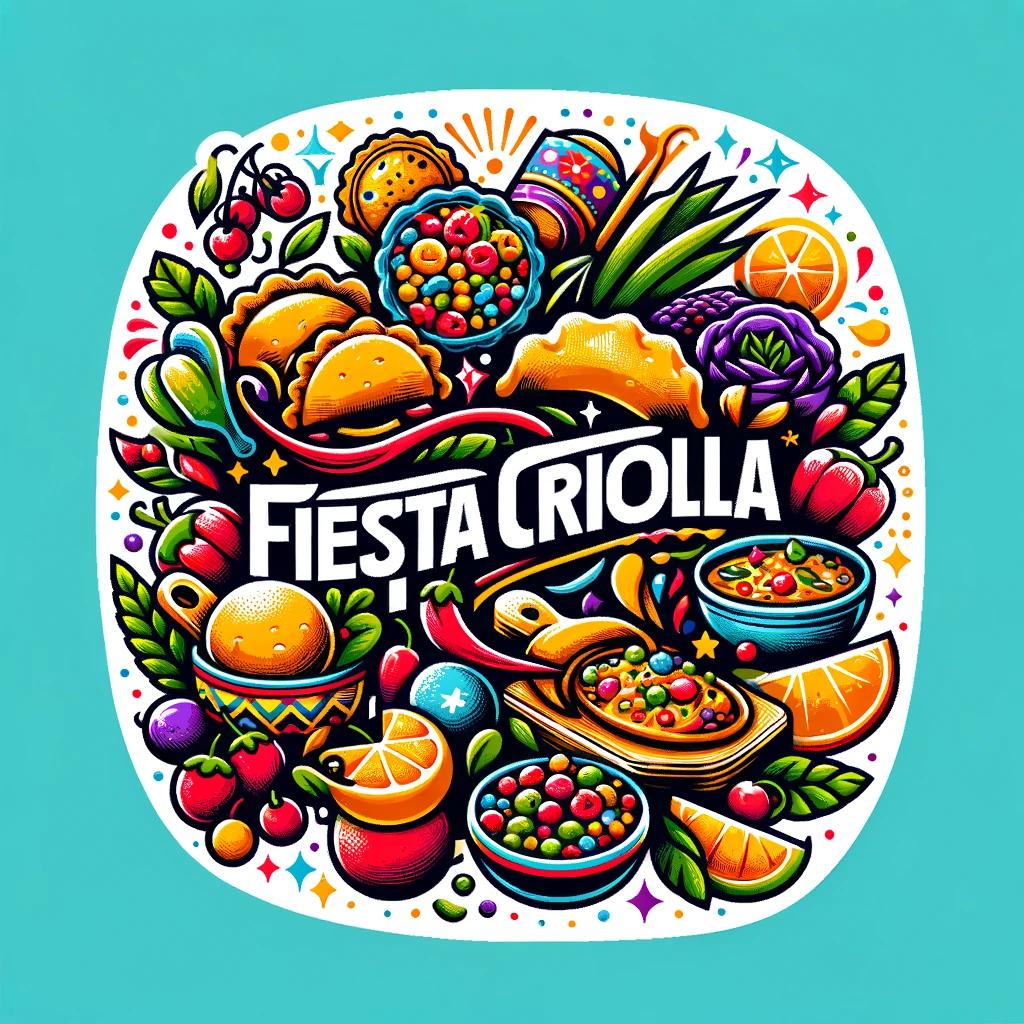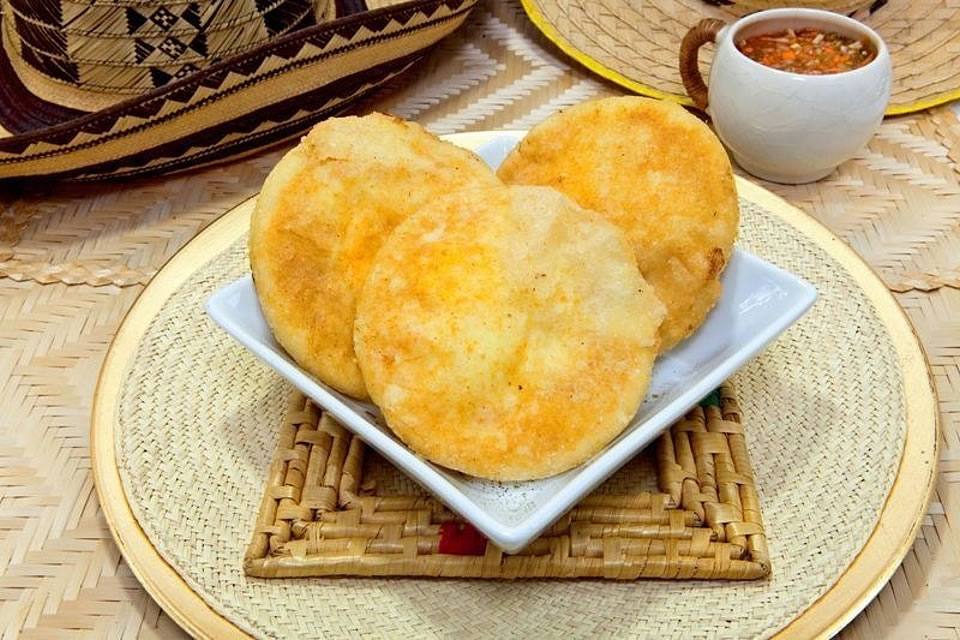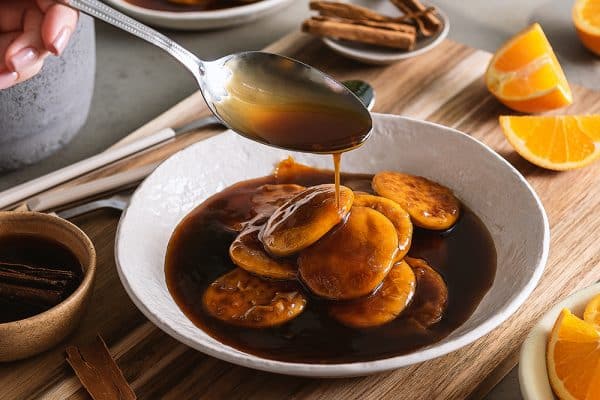Colombia, a country rich in culture and tradition, offers a vibrant tapestry of flavors that extend into its appetizers and snacks. These small dishes provide a glimpse into the heart of Colombian cuisine, embodying the diversity of its landscapes and the warmth of its people.
From the coastal regions to the Andean highlands, Colombian food appetizers are as varied as the country itself.

What Do Colombians Eat for a Snack?
Snacking is an integral part of Colombian food culture, bridging the gap between meals with flavorsome bites that satisfy and delight. Among the most beloved snacks are arepas, cornmeal cakes that are as versatile as they are popular, often filled or topped with cheese, meats, or avocado.
Empanadas, another staple, are fried or baked pastries filled with a savory mixture of meat, potatoes, and spices, perfect for on-the-go snacking.
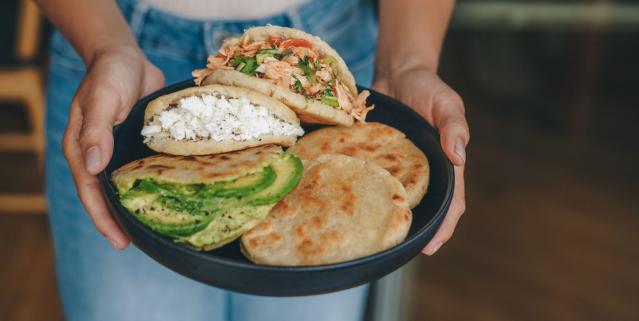
5 Popular Foods in Colombia
Arepas
Arepas are more than just food in Colombia; they’re a cultural icon. Made from pre-cooked corn flour, water, and salt, these versatile cakes can be grilled, baked, or fried to golden perfection. The beauty of arepas lies in their simplicity and their capacity to be stuffed or topped with an array of fillings, including cheese (arepas de queso), shredded beef, or avocado.
Each region in Colombia has its own version, from the cheese-stuffed arepas of the Caribbean coast to the thinner, crispy arepas of the highlands. Eating an arepa is not just about tasting a dish; it’s about experiencing Colombian warmth and hospitality.
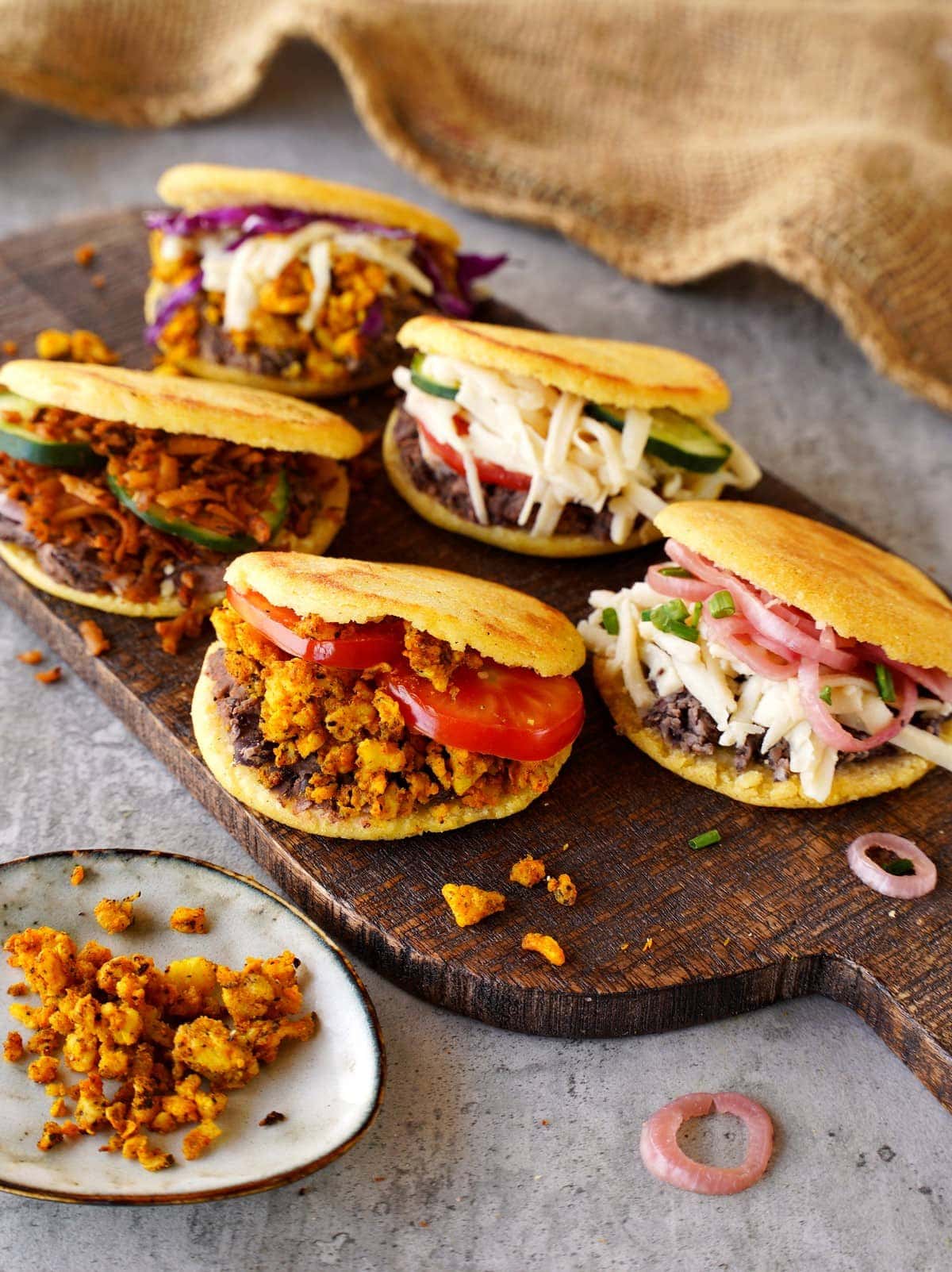
Bandeja Paisa
Bandeja Paisa is Colombia’s hearty answer to the full English breakfast. This generous platter is a composite meal designed to sustain a day’s hard work. It typically includes red beans cooked with pork, white rice, ground meat (carne molida), chicharrón (fried pork belly), a fried egg, plantain (plátano), avocado, and arepa.
Some variations might include chorizo or morcilla (blood sausage). Bandeja Paisa is a celebration of abundance and variety, reflecting the agricultural richness of the Antioquia region from which it originates.
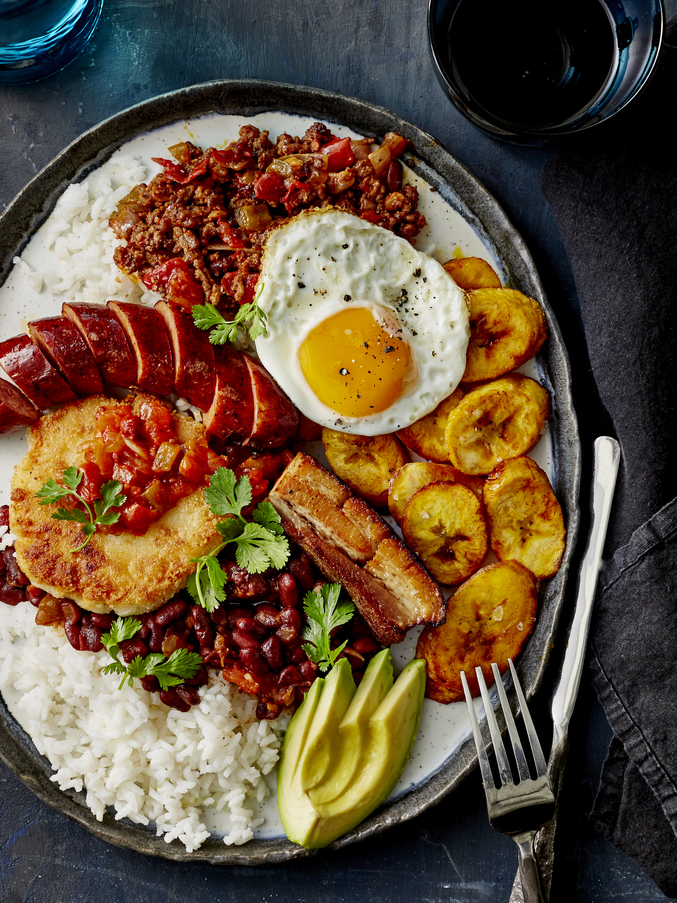
Ajiaco
Ajiaco is a traditional soup that comforts the soul of those who taste it. Originating from Bogotá, this dish is a thick, hearty soup made primarily with chicken, three types of potatoes, and the Galinsoga parviflora herb, known locally as guasca, which gives it a distinctive flavor.
It is usually served with a side of capers, avocado, corn on the cob, and a dollop of cream. Ajiaco is a testament to the Andean region’s culinary ingenuity, combining simple ingredients to create a flavorful and satisfying dish that warms even the chilliest Bogotá day.
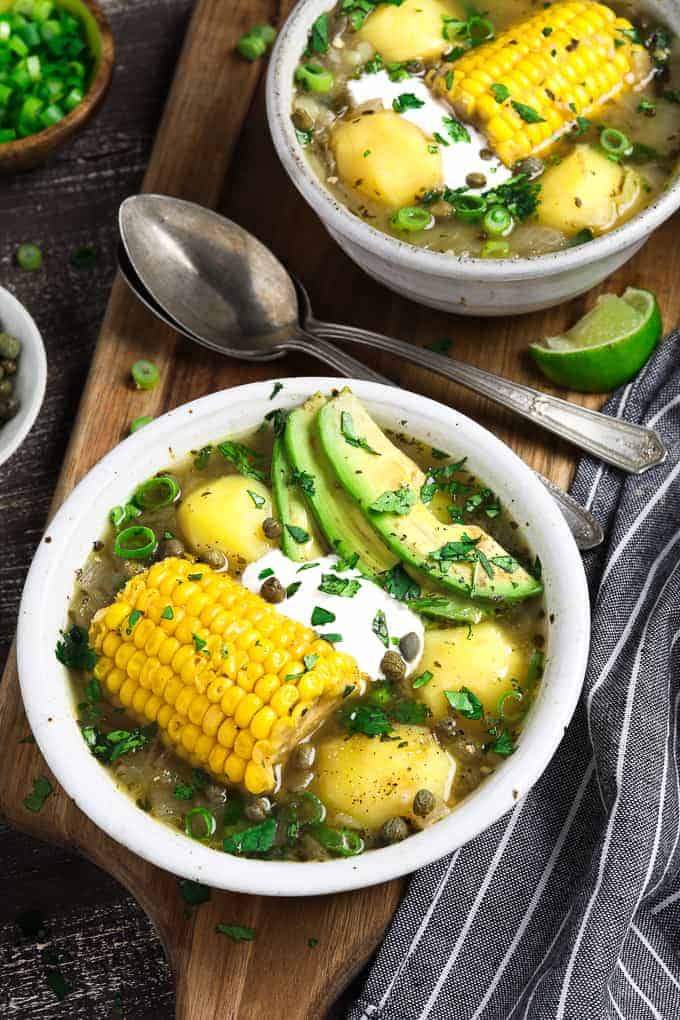
Patacones
Patacones, known in some regions as tostones, are twice-fried green plantains that have been smashed into thick discs. These crispy treats are a staple side dish that complements a variety of Colombian meals.
Served with a sprinkle of salt and often accompanied by hogao, a savory sauce made from tomatoes, onions, garlic, and cilantro, patacones add a delightful crunch and flavor to any dining experience. They are a testament to the Afro-Colombian influence on the country’s cuisine, showcasing the simple yet profound pleasures of plantain.

Buñuelos
Buñuelos are delightful, cheese-flavored fried dough balls that are crispy on the outside and soft and airy on the inside. Made with a dough that includes white cheese, cassava or corn starch, and eggs, these treats are a traditional Christmas delicacy, though they can be found year-round in bakeries and street stalls.
The unique texture of buñuelos comes from the cheese melting inside the dough as they fry, creating air pockets that make them light and fluffy. Enjoying a buñuelo with a cup of hot chocolate is a quintessential Colombian experience, especially during the festive season.
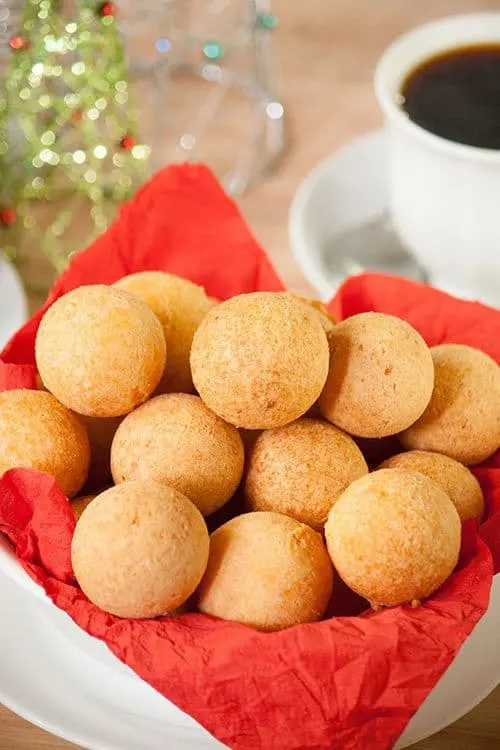
Each of these dishes offers a window into the diverse culinary traditions of Colombia, blending indigenous, African, and Spanish influences to create a rich tapestry of flavors. Whether you’re biting into the crisp outer layer of a buñuelo or savoring the complex broth of an ajiaco, you’re experiencing the history, culture, and heart of Colombia on your plate.
In Colombia, snacks are often referred to as “pasabocas”, translating to “pass mouth”, a fitting name for these delightful bites that easily make their way from plate to palate. Pasabocas range from simple fruit slices to more elaborate preparations like mini arepas or tiny empanadas, showcasing the creativity and diversity of Colombian snacking.
Food Traditions in Colombia
Food plays a central role in Colombian traditions, marking celebrations, holidays, and everyday moments with distinct flavors and dishes. Christmas and New Year’s celebrations are particularly rich in culinary traditions, featuring special items like natilla, a custard-like dessert, and buñuelos. Another tradition is the “asado”, or barbecue, a social event that brings families and friends together around grilled meats, arepas, and assorted accompaniments.
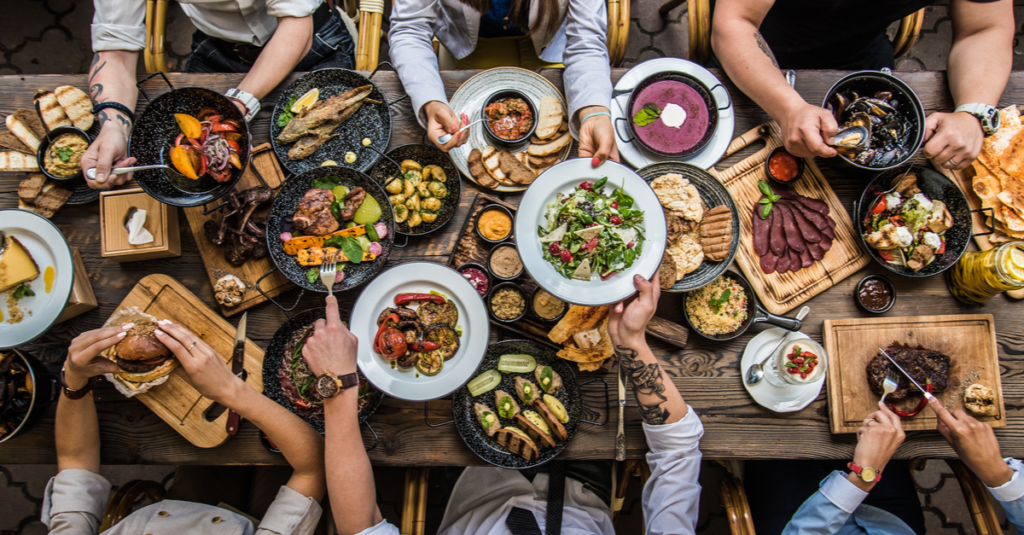
Colombian food traditions are deeply rooted in the country’s regional diversity, with each area offering its own specialties. The coastal regions, for example, excel in seafood dishes like ceviche and coconut rice, while the Andean regions are known for their hearty soups and stews.
Exploring Colombian Appetizers: A Gateway to Cultural Discovery
Delving into Colombian appetizers is more than a culinary exploration; it’s a journey through the country’s history, geography, and soul. Each dish tells a story of indigenous roots, Spanish influence, and African heritage, blending to create a unique gastronomic identity. By sampling these appetizers, one gains insight into the Colombian way of life, where food is a celebration, a comfort, and a way of bringing people together.
CONCLUSION
In conclusion, Colombian appetizers and snacks are a testament to the country’s rich culinary landscape, offering a delicious entry point to its diverse cultures and traditions. From arepas to buñuelos, each bite is a step deeper into the heart of Colombia, inviting both locals and visitors to savor and celebrate its gastronomic delights.
Disclosure: Our blog contains affiliate links to products. We may receive a commission for purchases made through these links. However, this does not impact our reviews and comparisons. We try our best to keep things fair and balanced, in order to help you make the best choice for you.
